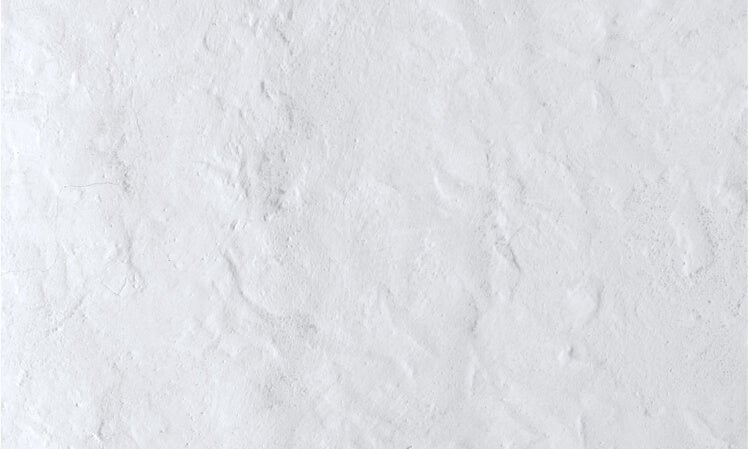How to Hang Wallpaper

How to prepare your walls for wallpaper
Before you hang your new wallpaper, it’s important to prepare the walls. Remove any existing wallpaper, woodchip or any other material to ensure you get clean, smooth walls ready to decorate.
Stripping any old wallpaper will give you a blank canvas, and it’s much easier to wallpaper over fresh, stripped walls as you’re unlikely to get any creases or air bubbles. Plus, stripping your walls first means you’ll get a good finish and your new wallpaper will last longer.

How to remove wallpaper
There’s two main ways you can remove your old wallpaper. Either by using a chemical stripping solution which you can buy and apply to your walls, or by using hot steam from an electrical stripper or hot water and sponge.

Check the condition of the walls

Choose the type of wallpaper you need
There are two main types of wallpaper types to consider before refreshing your room. Wallpaper is made from a top decorative layer and a bottom layer which is the backing and will decide how the paper will be hung. The first base layer is a paper finish, which will be hung using the paste the paper method, while the second non-woven base layer uses the paste the wall method.
How to measure and calculate how many rolls you need:
You’ll need a tape measure, pen and paper before you start.
1. Using your tape measure, carefully measure the length and width of each wall.
2. Make sure you exclude any doors and windows from your measurements, as this will leave you with just the right amount of excess. You should always end up with around an extra 10% of waste, for any mistakes you might make and need to rectify.
3. Using the height and width you noted on your paper, take a look at our chart below which will give you a good indication of how many rolls you’ll need.

How many rolls should you buy
Wallpaper Batch Code
To make sure your room is finished to the highest standards, it’s important to check that every roll of wallpaper you’re using have the same batch number on the packaging. It’s a good idea to buy a little extra too, just in case you need more wallpaper at a later date.
This is because the print, colour, and paper itself can vary ever so slightly from batch to batch.
How to care for your wallpaper
Soaking time
Your wallpaper can expand when you paste it ready for the wall, so it’s important to look at the recommended soaking time on the packaging. If it’s hung too early, it can expand in place, leaving creases or curled edges that can be difficult to fix.
Wallpaper Care
Life happens, and we know your wallpaper might be scuffed or dirty, so there will be some cleaning instructions to help you look after your décor.
Spongeable
Spongeable wallpaper can be wiped with a damp cloth or sponge if it gets dirty, and wallpaper paste can be removed in the same way.
Washable
Washable wallpaper can be wiped with a wet cloth or sponge, but just make sure the wallpaper paste has dried first.
Super or extra washable
Super or extra washable wallpaper is very durable, so can be washed as needed once it’s in place.
Scrubbable
Scrubbable wallpaper is quite unusual, but it’s great if you know it’s going to get dirty, as it can be washed vigorously if needed.